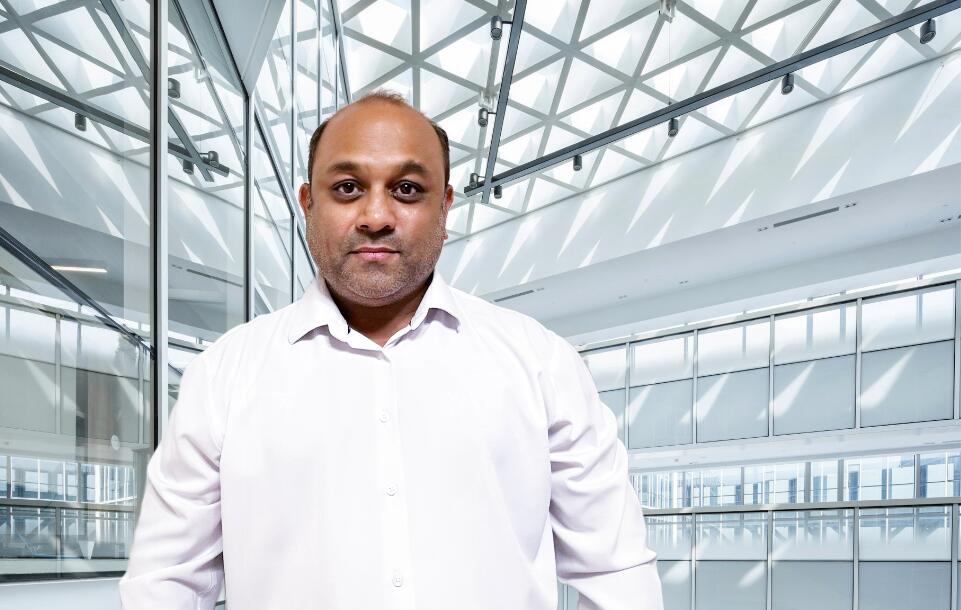For businesses looking to maintain their competitiveness in the technology sector, modernizing legacy systems is still an essential but difficult task. Improving efficiency and ensuring a smooth transition to modern technologies are two benefits of modernizing antiquated systems. Among the myriad domains benefiting from such advancements, learning management systems (LMS) stand out as vital platforms that facilitate education and training in both academic and corporate settings. Let’s take a look at some of the creative ways that legacy systems are being modernized. Senior Developer Gaurav Rohatgi has had a significant influence on learning management system transformation.
Renowned for his proficiency in modernizing legacy systems, Gaurav Rohatgi is an accomplished professional. With a career marked by significant achievements, he has become a significant figure in the IT industry, particularly in the realm of learning management systems. Rohatgi’s approach to modernization integrates innovative technologies and methodologies, driving substantial improvements in system performance and user experience.
Organizations that successfully migrate from antiquated infrastructures to modern architectures enjoy increased agility, lower maintenance costs, and increased security. Modernizing legacy systems has a significant impact. For Learning Management Systems, these improvements translate to more secure and scalable platforms capable of meeting the dynamic needs of educators and learners. The significance of utilizing contemporary technologies to attain these advantages is emphasized by Gaurav Rohatgi’s contributions to this field.
In his role as a senior developer, he has led several transformative projects that exemplify the potential of legacy system modernization. One of his notable achievements includes the migration of authentication and authorization systems to SAP Identity Authentication Service (IAS) and Identity Provisioning Service (IPS). This initiative ensured easy user access control across various platforms, bringing out Rohatgi’s ability to integrate complex legacy applications with advanced cloud-based identity management solutions.
He orchestrated the migration of databases from on-premise SAP Hana to SAP Hana Cloud, which resulted in a 10% reduction in infrastructure costs while improving data accessibility and scalability. His impact on the organization is evident through metrics. His efforts in optimizing system security resulted in a 25% decrease in security incidents, demonstrating his commitment to fostering a secure and efficient IT environment.
Among his significant projects, Rohatgi led the migration of a large-scale LMS to a cloud-based infrastructure. This project involved redesigning the architecture to leverage microservices, facilitating improved scalability and responsiveness. Additionally, he contributed to the development of a new integration testing tool called ADF, which boasts a 98-99% success rate, thereby enhancing product quality and reliability. These projects not only modernized critical business applications but also laid the foundation for future-proofing IT infrastructures.
His strategic optimizations led to over $50,000 in annual cost savings, boosting system uptime from 95% to 97.3% for seamless service delivery and heightened user satisfaction. These achievements underscore the efficacy of strategic modernization efforts in driving operational excellence and cost efficiency.
Gaurav Rohatgi handled compatibility problems and significant performance bottlenecks during the SAP Hana Cloud migration to guarantee a smooth data transfer and uninterrupted business operations. The implementation of advanced security protocols presented further hurdles in upholding system integrity while ensuring uninterrupted operations. Through meticulous planning and collaborative problem-solving, he mitigated risks and delivered solutions that fortified organizational defenses against cyber threats.
His published works, which include articles on secure SaaS integration and CI/CD optimization, demonstrate his thorough understanding of the subject. Rohatgi’s thoughts into the future shifts of legacy system modernization emphasize the growing importance of cloud adoption, AI-driven automation, and the convergence of cybersecurity and data privacy. By embracing these trends, organizations can navigate the complexities of modernization while maximizing operational efficiency and resilience.
The potential for transformation that arises from fusing new and old infrastructures with technologies is best demonstrated by Gaurav Rohatgi’s creative approach to modernizing legacy systems, especially in the field of learning management systems. His contributions have cleared the path for further developments in the field while also improving organizational security and efficiency. His work is proof of the significant influence of strategic modernization initiatives, particularly at a time when organizations are increasingly prioritizing digital transformation.
